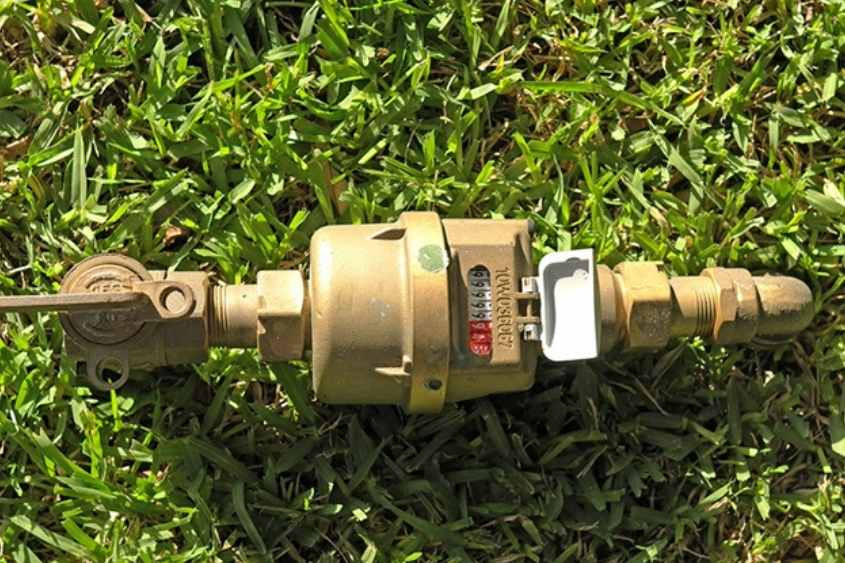General News
8 April, 2025
More to water than it seems
Whose water is the tastiest? That was the question asked last week at the 2025 WIOA Ixom Best Tasting Tap Water competition.

Last Wednesday saw the finest drops of Victorian tap water judged by the Water Industry Operations Association of Australia (WIOA) in a head-to-head water supplier competition.
This “wine tasting” from the tap had judges taste test entries against the Water Tasting Wheel which highlighted colour, clarity, odour, and taste.
Although Lorne WTP Barwon Water was crowned the winner this year WIOA CEO Dean Barnett said the competition is a way of celebrating the efforts of those behind the scenes.
“It’s really a celebration of the operations sector within the water industry. What I mean by that is that your average person just has an assumption that they’ll turn the tap on and it’ll magically appear,” he said.
“In the association and industry that we are working in we know that there’s an operations crew working behind the scenes every single day of the year, 24 hours a day, and water companies to provide us with that service.”
To Mr Barnett the work of tens of thousands of people nationally is often overlooked unless something goes wrong.
“We feel like we’re working in a silent industry and the only time anyone pays attention is when they turn the tap on and it doesn’t work or they flush the button and it doesn’t go away,” he said.
It’s the complex system behind the scenes that gets water from the source safely to locals homes, it’s also the same system that shapes the subtle differences in the taste of water.
While Central Highlands Water (CHW) didn’t leave with a win this year they said there’s a complex system behind the scenes that ensures locals’ water is safe to drink.
“Our team of water quality specialists supported by our NATA-accredited laboratory conducts continuous monitoring across our supply region. Each year, we perform over 50,000 water quality tests to ensure safety and reliability,” they said.
CHW take samples across the water treatment process, from the untreated water through to water coming out of local taps.
“We test water samples from over 600 sites within our water supply network each year, including our storage and service reservoirs,” the organisation said.
Mr Barnett said the subtle differences in taste are shaped by each stage of the process. From the source, any minerals associated with the area, and the treatment process.
“It’s like a car. There’s that many variations of water treatment plants that could sightly effect the water as well. Then it travels down kilometres of pipe to get to somebody’s property and then they start drinking it,” he said.
CHW’s spokesperson added that water colour, taste, odour, and clarity aren’t set for an area.
“Individual systems may also vary over time when water is sourced from different reservoirs or groundwater bores to ensure security of supply,” they said.
While Mr Barnett said he’s never tasted bad tap water he was grateful for the teams and many others who play a crucial role in providing safe tap water to locals.
“You can go to a lot of countries where you don’t go anywhere near the water and you’re scared if you have a shower you’ll get a bit in your mouth,” he said.
He hopes the long running competition celebrates the efforts of all those behind the scenes — shining a spotlight on them and the opportunity for people to join the team.
“The water industry is an amazing industry and if people have the slightest of interest they should research it a little bit more because there are lots of jobs going on in each water company across the country,” he said.
“If you’re scratching your head you might say ‘yeah, I’ll give it a go’ and that’s exactly what I said around 35 years ago.”